Popy Seeds: From Kitchen Staple to Gourmet Secret – A Seed Lover’s Dream Come True!
Ever looked at a poppy seed and wondered why it gets so much culinary love? Whether you're sprinkling it on your morning bagel or blending it into a delicate dessert, popy seeds pack a surprising punch in both flavor and function. In this guide, we’re diving headfirst into the world of these tiny black (or blue, white, red…) wonders.
Table of Contents
- What Are Popy Seeds Anyway?
- Types of Popy Seeds & Their Unique Personalities
- Health Perks That Might Surprise You
- Cooking with Popy Seeds: Creative Tips for Everyday Kitchens
- Buying Guide: How to Choose the Best Popy Seeds
- FAQs: All Your Burning Questions Answered
- Conclusion: Why Every Spice Rack Needs These Tiny Treasures
What Are Popy Seeds Anyway?
If you’ve ever eaten a poppy seed muffin or seen those beautiful red flowers growing wild by the roadside, you might be surprised to learn that they come from the same family. Popy seeds are the edible seeds harvested from the opium poppy (*Papaver somniferum*). Despite their association with opiates, rest assured — food-grade poppy seeds contain negligible levels of psychoactive compounds and are perfectly safe for consumption.
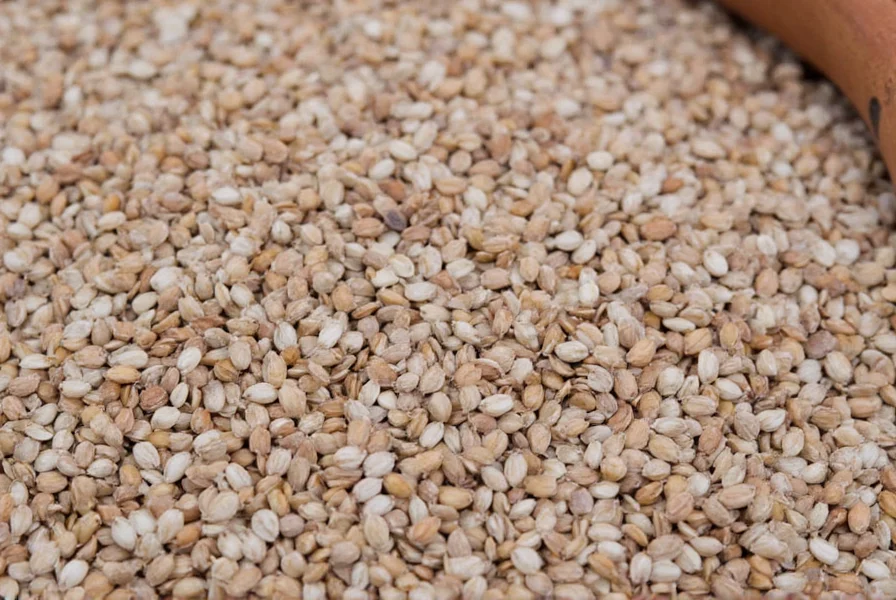
These tiny seeds come in shades ranging from deep black to soft white and even slate-gray or speckled hues depending on the variety. They’re rich in oil and have a nutty, slightly earthy flavor when raw, but really shine when lightly toasted.
Types of Popy Seeds & Their Unique Personalities
Not all poppy seeds are created equal! Depending on where they’re grown and how they’re processed, they can vary widely in taste, color, and use case. Here's a handy comparison table:
| Type | Color | Flavor Profile | Common Uses | Best For |
|---|---|---|---|---|
| Black Poppy Seeds | Jet Black | Mildly bitter, earthy | Breads, cakes, savory dishes | Baking, Indian cuisine |
| White Poppy Seeds | Creamy White | Sweet, nutty | Curries, pastes, desserts | Indian sweets, Middle Eastern dishes |
| Blue Poppy Seeds | Dark Blue/Black | Richer, more intense | Baked goods, fillings | European baking, especially German Mohnstrudel |
| Red Speckled Poppy Seeds | Mottled Red/Black | Fragrant, floral | Decorative toppings, mild flavor dishes | Garnishing, light flavor enhancement |
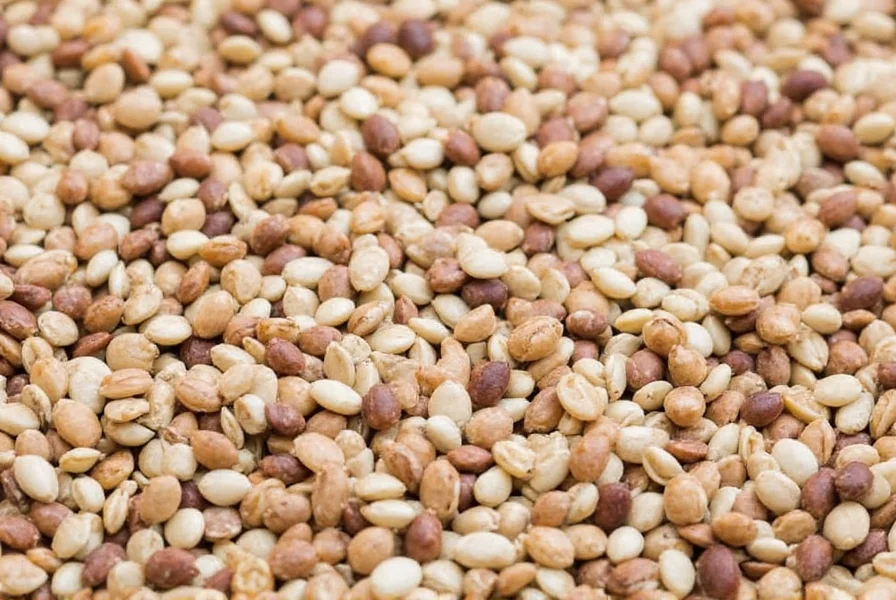
Health Perks That Might Surprise You
While poppy seeds may be small, they’re mighty in nutrition. Here are some reasons to feel good about adding them to your diet:
- Calcium Powerhouse: A single tablespoon of poppy seeds contains more than 130mg of calcium — more than a glass of milk!
- Rich in Fiber: Helps digestion and keeps your gut happy.
- Omega-6 Fatty Acids: Contribute to heart health when consumed in moderation.
- Iron and Zinc: Boosts immunity and supports healthy blood cells.
Of course, like all things, moderation is key. Due to their high fat content, store them properly to avoid rancidity. And remember, while nutritious, they should complement—not replace—other nutrient-dense foods.
Cooking with Popy Seeds: Creative Tips for Everyday Kitchens
Now let’s get cooking! Here are some fun and delicious ways to incorporate popy seeds into your meals:
- Toasted Toppings: Toast seeds in a dry pan until fragrant (about 2–3 minutes) and sprinkle over yogurt, oatmeal, or roasted vegetables.
- Dough Enhancer: Mix into bread or bun dough for extra texture and flavor.
- Coating Magic: Use as a crunchy coating for chicken or tofu pieces before frying.
- Smoothie Boost: Grind them up and add a teaspoon to your smoothies for a hidden calcium kick.
- Homemade Fillings: Try making your own poppy seed paste (mohn) by simmering ground seeds with sugar, milk, and vanilla. Perfect for strudels or danishes.
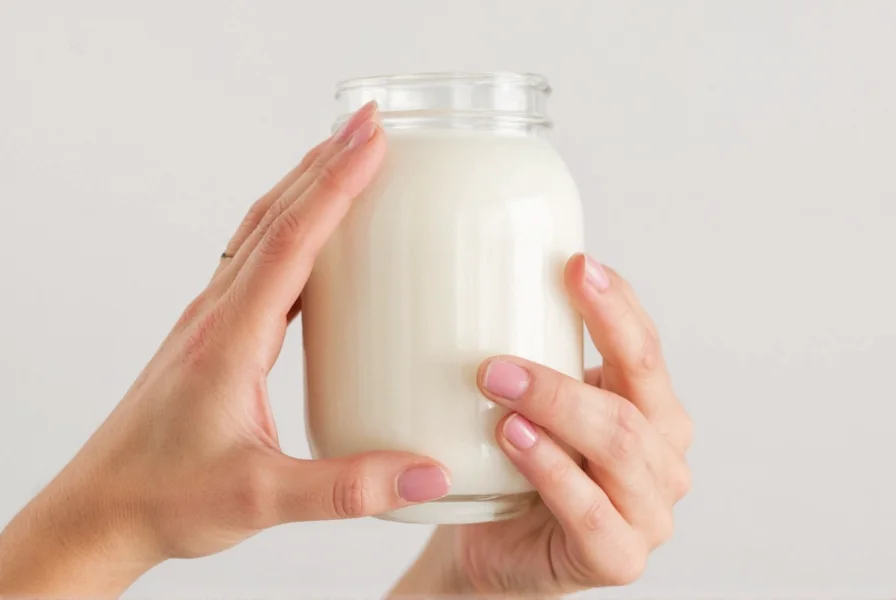
Buying Guide: How to Choose the Best Popy Seeds
Ready to stock up? Not all popy seeds are made equal, so here’s your go-to checklist for choosing the best quality:
1. Origin Matters
- Indian Poppy Seeds: Great for curries and pastes. Look for organic certification if possible.
- Euro Varieties: Often sold as “blue” or “German” poppy seeds. Ideal for baking and pastries.
- Eastern European: Popular in Jewish and Slavic cuisines; usually black and very aromatic.
2. Packaging and Storage
- Opt for **air-tight containers** or resealable bags to keep them fresh longer.
- Check the expiration date. Freshness matters since oils can go rancid quickly.
3. Organic vs. Conventional
- Organic options are preferred if available, especially for raw or minimally processed seeds.
- Washed vs. unwashed: Some brands offer pre-washed seeds, which are safer and cleaner for culinary use.
4. Color Cues
- Choose based on your recipe needs. If unsure, grab a mixed pack or try each type once.
Top Picks for Home Chefs
| Product Name | Features | Advantages | Best For | Occasion |
|---|---|---|---|---|
| SpiceWorld Black Poppy Seeds | Organic, non-GMO, air-tight packaging | Great value, ideal for everyday use | Indian breads, cookies | Weekday baking and snacks |
| Bavarian Blue Poppy Seeds | Imported from Germany, vacuum sealed | Superior aroma and richness | European-style baked goods | Holiday treats and fancy pastries |
| SweetSeed White Poppy Blend | Pre-ground, unsalted, ready-to-use | Convenient for fast recipes | Curries, dips, sauces | Quick dinner prep |
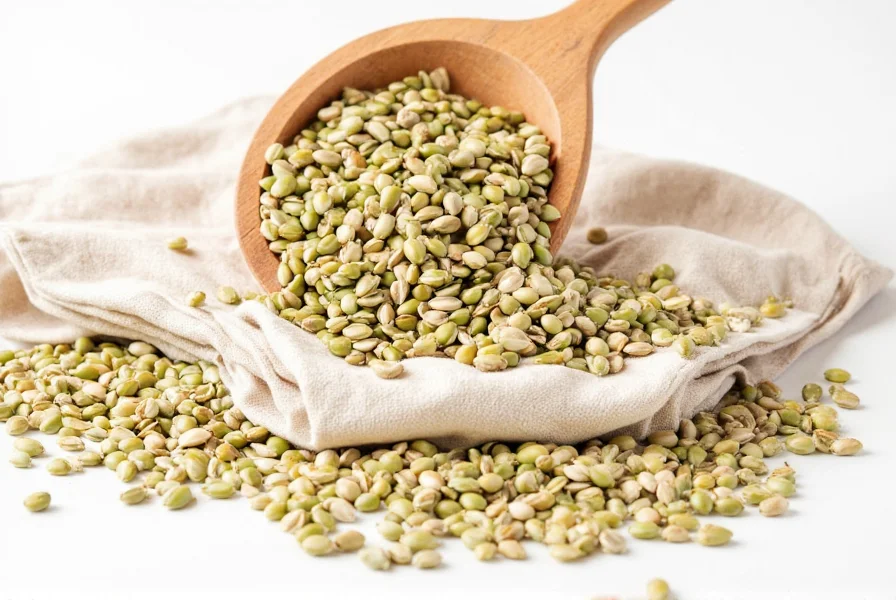
FAQs: All Your Burning Questions Answered
Are poppy seeds legal to buy?
Yes, in most countries, including the U.S., Canada, and EU nations, food-grade poppy seeds are completely legal. They undergo rigorous washing and processing to remove any trace of alkaloids.
Can I grow my own poppy plants for seeds?
In many regions, growing opium poppies is illegal unless you have a government permit. Always check local laws before planting.
Will eating poppy seeds show up on a drug test?
Possibly, though modern tests are better at distinguishing between actual opiate use and dietary intake. To avoid issues, opt for washed seeds and consume sparingly before testing.
How do I store poppy seeds?
Keep them in an airtight container in a cool, dark place. For extended shelf life, refrigerate or freeze them after opening.
Conclusion: Why Every Spice Rack Needs These Tiny Treasures
From their subtle flavors to their impressive nutritional profile, popy seeds are more than just a pretty garnish — they’re a versatile spice staple. Whether you're whipping up a batch of homemade bagels, spicing up your Sunday roast, or crafting a decadent cake, these little seeds deserve a permanent spot in your kitchen.
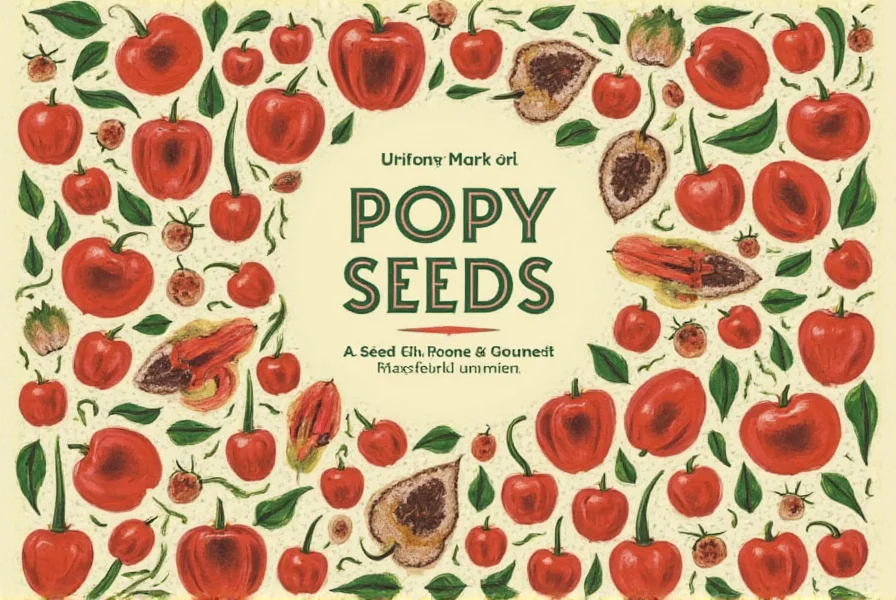
So next time you see that tiny packet in the spice aisle, don’t pass it by. Grab a few different varieties and experiment — your taste buds will thank you, and your friends will think you’ve joined a secret gourmet society. Happy seasoning!

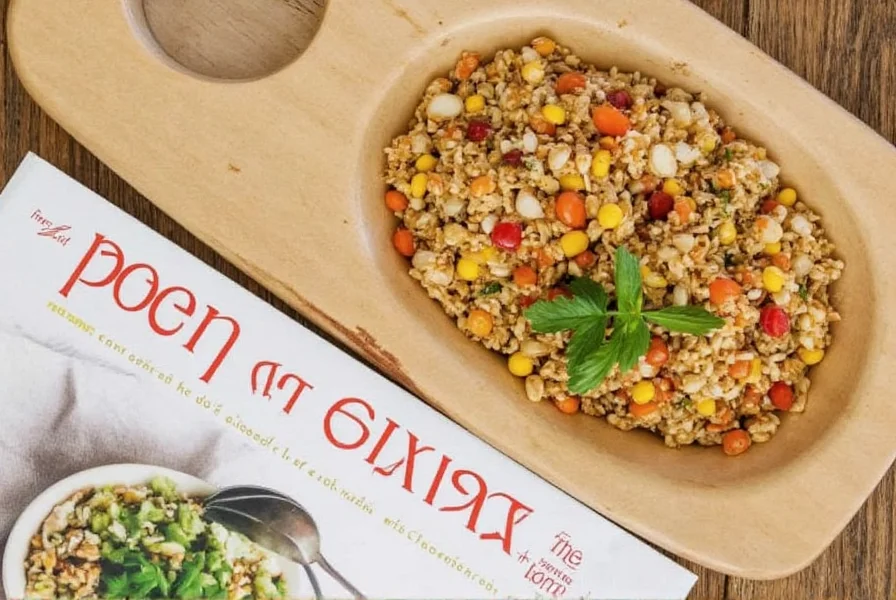









 浙公网安备
33010002000092号
浙公网安备
33010002000092号 浙B2-20120091-4
浙B2-20120091-4